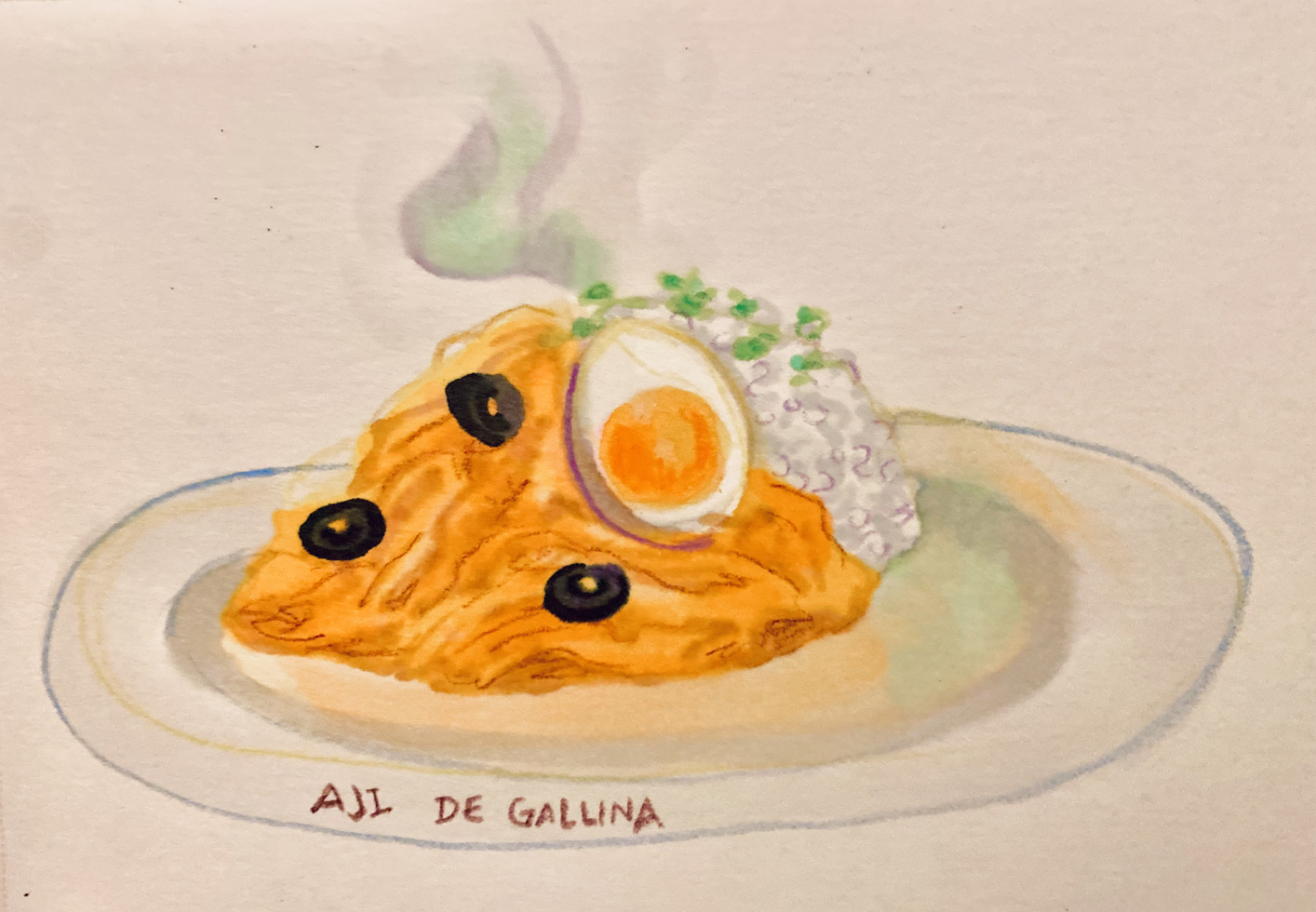 Kyra Tan
Kyra TanA family friend of mine once said: “Peru is the only country in South America where a poor man can eat like a king.” This exchange came in Lima during a night out at a Madam Tusan chifa restaurant where I had Cru Yok pork with vegetables and pineapples, roasted duck and a side of Min Pao. I expected such a delectable combination to hit my wallet a bit, but the cost was only… $25? Wow. Thus, out of the hundreds of quotes I have heard to describe the exceptional cuisine Peru possesses, that one stuck with me the most.
With tourism as one of the leading industries in Peru, it should come as no surprise that Peruvian cuisine has garnered fame worldwide. For example, Peru has been named the “World’s Leading Culinary Destination” from 2012 to 2019 by the World Travel Awards. In another list of Latin America’s 50 Best Restaurants, Peruvian restaurants comprised 11 out of 50 spots, including three restaurants in the top 10. Not to mention that in the streets of every region of the country one can also find street vendors with fresh and appetizing dishes.
Peru’s cuisine is a fusion of Spanish, Chinese, Japanese and indigenous traditions. The intricate and fascinating history of how Peruvian cuisine developed begins in the Andes mountains—the native home of potatoes, tomatoes, corn, peppers and hundreds of other crops used only by the indigenous peoples for thousands of years until Spanish conquest. The coastal areas of Peru next to the Pacific Ocean have also provided the country with a variety of aquatic resources including, most notably, fish.
Due to the country’s distance from East Asia, Chinese immigrants did not arrive in Peru until the late 1800s. They were often unable to prepare their native cuisine due to a lack of proper ingredients. In the 1920s, these immigrants opened restaurants called chifas and astounded the Limean aristocracy, who demanded that their own chefs begin experimenting with Cantonese products such as ginger, soy sauce and scallions. Thus, the integration of Chinese techniques with the Peruvian style birthed a culinary tradition responsible for giving us famous dishes such as lomo saltado.
Peru was the first Latin American country to establish diplomatic relations with Japan in the later half of the nineteenth century, and the country also received Latin America’s first wave of Japanese immigrants around that time. These immigrants would become instrumental in improving Peruvian seafood dishes, such as ceviche. The resulting cuisine, which Japanese-Peruvians called “Nikkei”—a Japanese word referring to a person living outside of Japan—uses Peruvian products prepared with Japanese cooking techniques.
Modern Peruvian gastronomy integrates all of the histories discussed, yielding an incredible fusion of tradition and technique. Now, I wish to present some of my favorite dishes, which you should definitely try if you visit Peru.
Ceviche: This is arguably Peru’s most famous dish. Ceviche is diced fish (e.g. bass) marinated in lime and garnished with sliced onions, red peppers, salt, pepper and cilantro. This dish is often accompanied by sweet potatoes and corn.
Lomo Saltado: This is one of the most iconic dishes in Peruvian cuisine. Lomo is rooted in chifa and is a stir fry consisting of beef sirloin strips marinated in soy sauce, typically accompanied by onions, peppers, tomatoes, rice and french fries.
Aji de Gallina: This is my favorite dish to cook. This creole dish consists of chicken covered in a creamy sauce called “aji,” which is made from yellow peppers, cheese, milk and bread. It is often accompanied with hard boiled eggs, potatoes, olives and rice.
Anticuchos: These are brochettes of grilled beef heart marinated in various spices, boiled potatoes, sweetcorn and occasionally vegetables. This dish is especially popular amongst street vendors.
Papa a la Huancaina: This is a vegetarian appetizer, consisting of boiled yellow potatoes. These are covered in a spicy creamy sauce called Huancaina, which consists of cheese, vegetable oil, yellow peppers, milk and salt. This is often served with olives, hard boiled eggs and lettuce. The name Huancaina comes from the city of Huancayo, which is where I was born.
Pollo a La Brasa: This is marinated roasted chicken, which is often cooked in a special oven, where it is rotated for several minutes. It is served with salad, french fries and Inca Kola, but it often also includes a variety of sauces, depending on the restaurant chain.
Pisco Sour: Besides Inca Kola, this is probably the most popular drink in Peru. Pisco sour is an alcoholic drink made from pisco (an apricot-flavored brandy), limes, egg whites and simple syrup.
Pachamanca: This is a more rural meal common in the Andes which has existed since the time of the Incas. Due to its pre-Hispanic origins and symbolic cultural significance, it is often cooked in a hole in the ground lined with hot stones which slowly cooks the ingredients. These often include lamb, beef, pork, potatoes, corn, green lima beans and yucca.
I would recommend many more iconic dishes, such as rocoto relleno (stuffed pepper), causa rellena (layered potato casserole), arroz con pato (roasted duck with rice) and picarones. If you would like to try any of the dishes above, you should look for a local Peruvian restaurant, because these chains are quickly growing in the United States as well.
Where a poor man can eat like a king – The Bowdoin Orient - The Bowdoin Orient
Read More

No comments:
Post a Comment